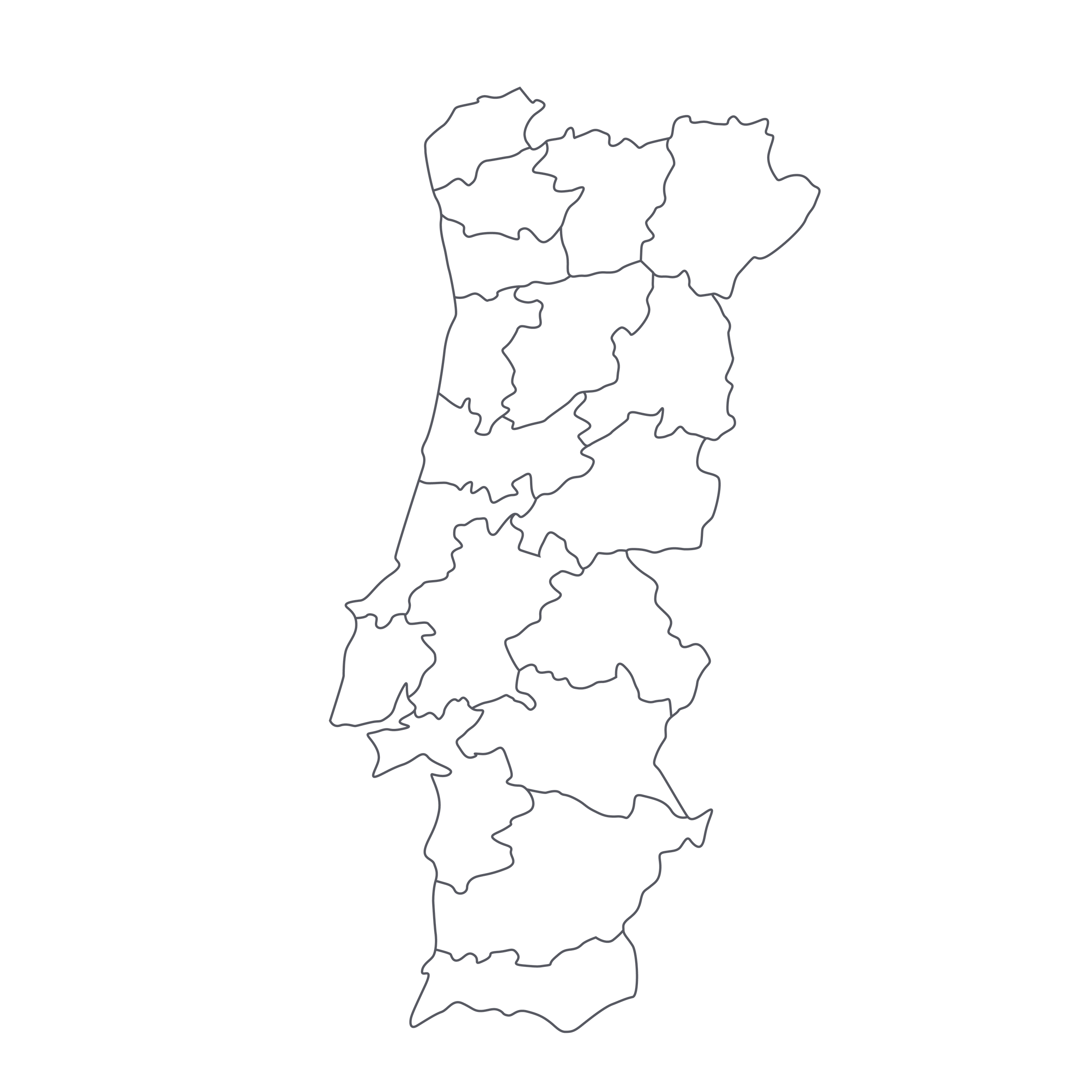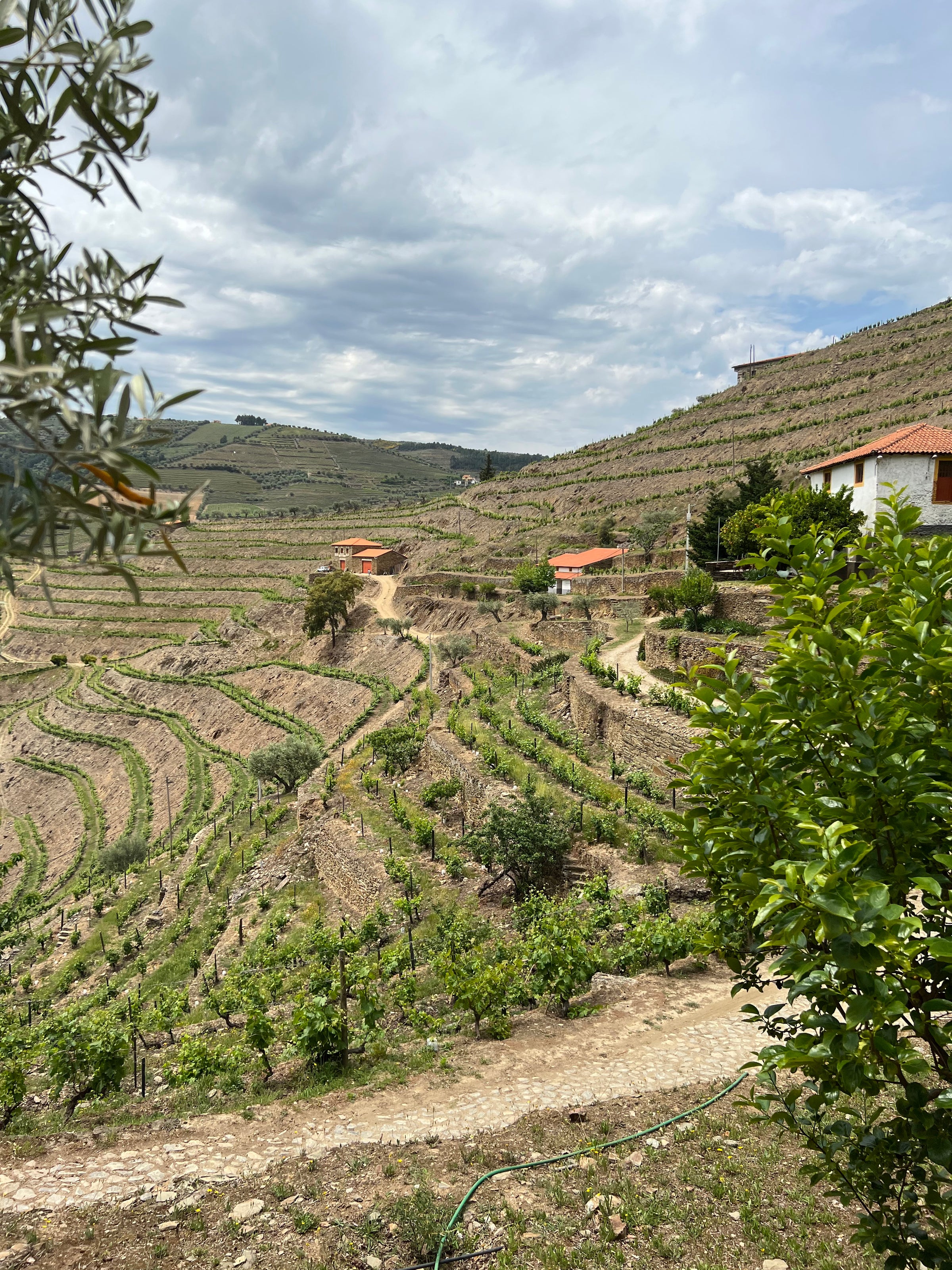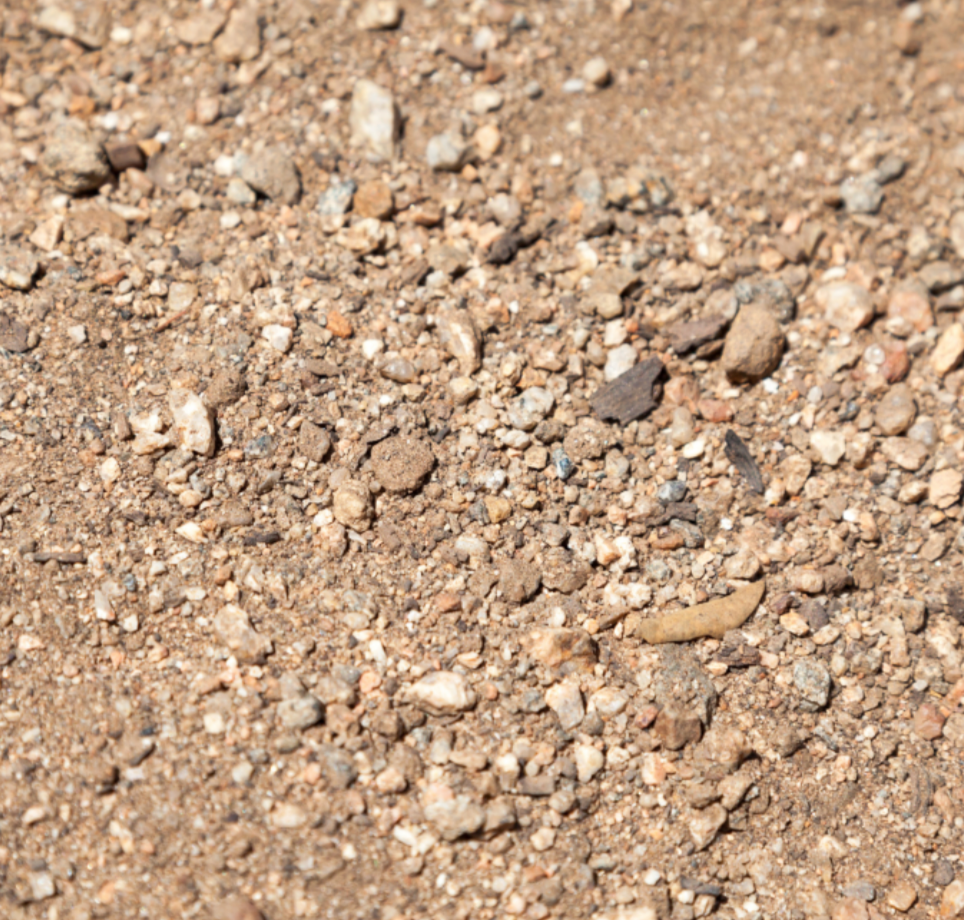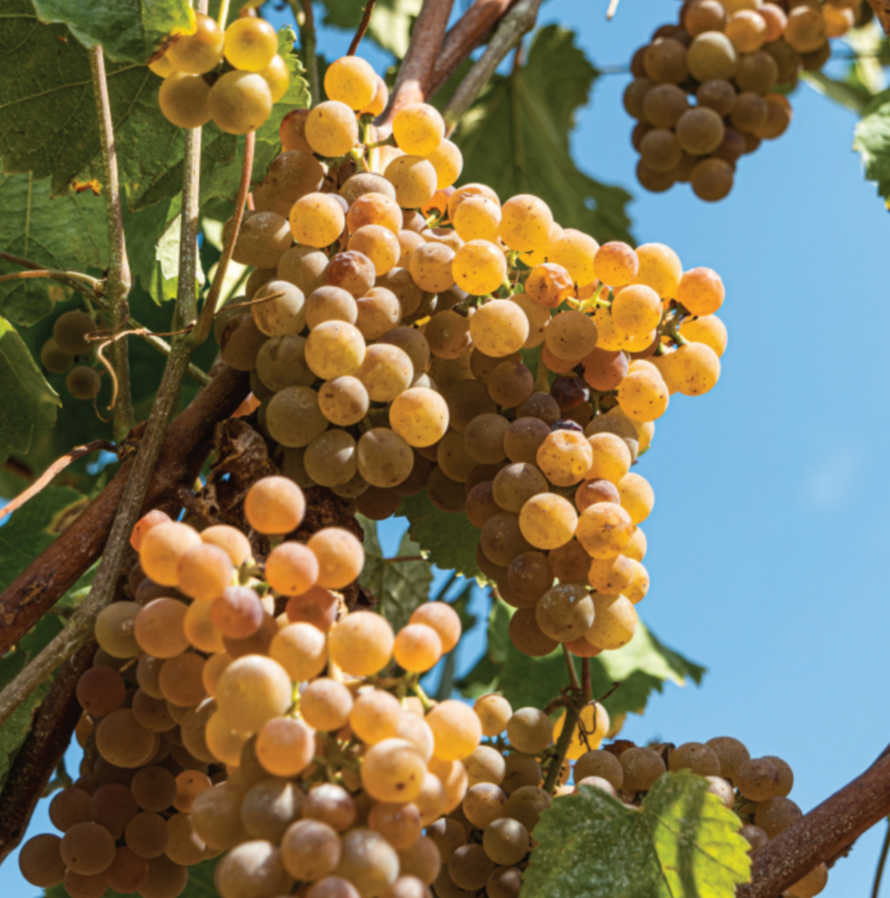In 2003, I worked my first harvest just a few miles from this property and can attest to the reverence this family enjoys in the region—and how beautifully their wines evolve with age.
Quinta do Infantado is a historic family estate whose integrity and tenacity forever changed the Douro (the region from which all Port originates) and improved the lives of its independent family farmers. Infantado is also on the (very) short list of Port producers who do everything small, by hand, and with attention to detail and patience one might expect from a Burgundy vigneron. This 2009 “Green Label” cuvée is the family’s top and most limited dry red wine, from their first vineyard converted to biodynamics. It’s everything I seek in a rustic Portuguese red: dark, dusty, and perfectly softened fruit, layers of earthy tannins, and gorgeous chai-spiced aroma that shape-shifts with every sip. With over seven years of age, this bottle is basking in a flattering sweet spot. This wine has it all: incredible price-to-quality ratio and a distinct sense of place. I'm looking forward to opening many bottles in 2017.
Quinta do Infantado’s story is important and one we’ve told before. The physical infrastructure of the Rosiera family’s property was built in 1904. Still, their greatest achievement occurred three quarters of a century later when Infantado became the very first family property to estate-bottle their own Port. Until 1979, the production of Port was controlled entirely by a powerful shipping/marketing concern, but the Roseira family was the first to rebel and independently bottle wine from their own fruit. In doing so, they single-handedly democratized this timeless region and created a template by which local farming families could compete with large international corporations. These are wines—and people—of great integrity.
The family’s vineyards are located in the small village of Chanceleiros in northern Portugal, and is comprised entirely of “Class A” vineyards—Port’s equivalent of Grand Cru real estate. Today, João Roseira and his sister, Catherine, farm the classic five Port varieties: Touriga Nacional, Tinta Roriz, Tinta Barroca, Tinto Cão and Touriga Franca. The Roseiras also farm the more obscure Sousão, Tinta Amarela, and Bastardo varieties. This is an exceedingly hot and dry growing region, so the addition of these less mainstream grapes adds brightness, acidity, and exotic aromas to a style of wine that is occasionally overripe and one-dimensional. The family’s grapes are farmed organically, and the vineyard that produces this wine is their first converted to biodynamics. Fruit was harvested by hand in late September, 2009. Clusters were then foot-pressed before fermentation in tank and aging in large neutral barrels. This extremely simple and old school approach in the cellar is designed to balance the region’s richness and dark fruit with refreshing acidity and energy.
In the glass, the 2009 Quinta do Infantado “Green Label” has a dark ruby red core with pink reflections on the rim. First off, I would like to clarify that this is not a big, modern, sappily fruity Douro red; it is quite the opposite. Initially, the nose beautifully captures slightly rustic, old world earth and floral tones with the fruit as a backdrop. Dried black cherry, red currants, anise, wet leaves, dried tobacco, dried violets, and crushed granite gently rise from the glass. The palate is medium-bodied, soft, and structured, with flavors of dried flowers, wild herbs, tobacco, and pencil lead—it’s a little reminiscent of Bordeaux on the finish, yet the minerality is distinct.
This is an already mature wine so I encourage you to decant it for 15 minutes prior to serving in large Bordeaux stems. Take time to appreciate all the small details as it evolves slowly over the next few hours. There is no shortage of savor and structure packed into this bottle so be sure to pour it alongside a dish with equivalent richness and fat. One of my favorite experiences while living in Portugal was pairing local reds like this with
Feijoada, a traditional Portuguese/Brazilian stew. There are many variations of this famous dish depending on the region in which it is prepared, but below is a favorite from a well-known chef from the Douro Valley. It's practically identical to the ones I ate during my first harvest at Royal Oporto. Theoretically, Feijoada is a pork and bean stew, but there are no hard rules about its preparation. For instance, the three local ladies who prepared meals for our group during harvest would often add rabbit or chicken to the dish. Use the best proteins available, and as long as you take ample time to get the flavors broken down, your efforts will be rewarded. Most importantly, you should prepare a large enough pot so you can invite a group of friends over and drink copious amounts of this wine!





